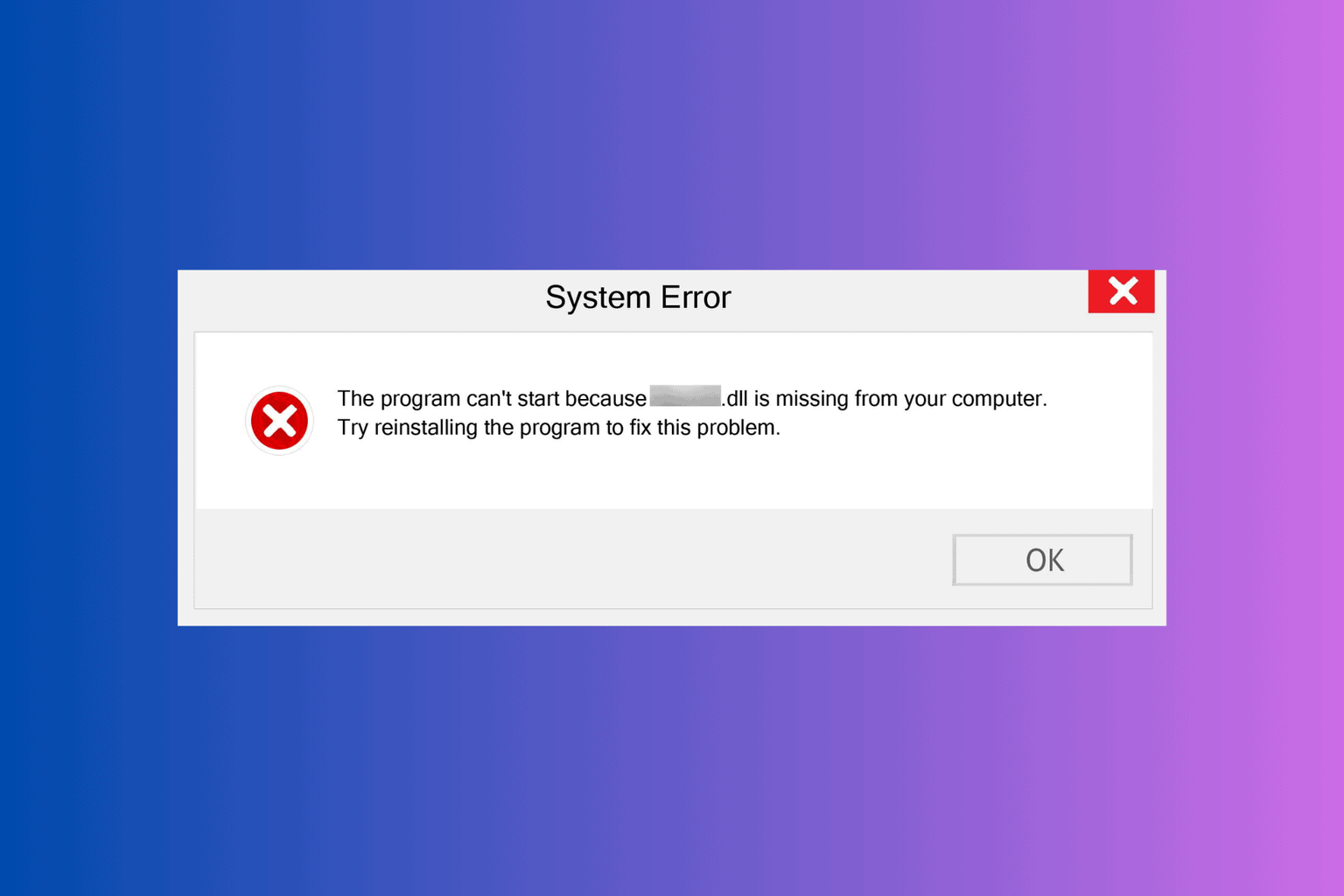Ignite 2020: Welcome to the Azure Show
4 min. read
Published on
Read our disclosure page to find out how can you help Windows Report sustain the editorial team. Read more

If you watch today’s keynotes and sessions, one word you’re almost for sure going to get tired of hearing is Azure. Azure Azure Azure. Azure This, Azure That, Servers and Services and IoT and Zones and Even More Azure. Not that it’s a bad thing. Microsoft has built its cloud into a behemoth, good enough to convince (well maybe) the US Department of Defense to use it over Amazon, and certainly good enough to focus most of Ignite on all things Azure.
If you’re an IT pro, we strongly urge you to pay attention to today’s announcements, there’s a lot of good stuff here, from cognitive search to Cosmos DB, Microsoft is making improvements and making announcements all across the board. While it’s a little hard for the non-professional to digest, we’ve picked out a few key items being featured in this week’s virtual Ignite.
First up is Azure Communication Services, announced today. Microsoft is calling it “the first fully managed communication platform offering from a major cloud provider.” What’s interesting about Azure Communication Services is that Microsoft is basically taking its Teams low latency global communications network, all built on Azure, and releasing it to the world. That is, with Azure Communications Services, you can build your own version of Teams, adding high quality audio and video, and real time chat to your apps and platforms “with just a few lines of code.” Microsoft provides the services backend and “developer friendly” APIs and SDKs to “make it easy to create personalized communication experiences in a matter of minutes. Microsoft has a hit on its hands with Teams, partly because it’s built on a solid foundation built on Azure.
Way back in 1988, Microsoft developed a new enterprise level database for IBM’s new operating system, OS/2, called SQL Server. The database came to Windows NT in 1993, and Microsoft has been expanding on its enterprise level database play ever since. Now, over 30 years later, Microsoft continues to develop new ways to work with SQL, and is announcing the general availability of Azure SQL Edge. Microsoft describes SQL Edge, optimized for the Internet of Things running on the Edge (no, not the browser, rather small smart devices like sensors and modules connected via the internet) as “a small footprint container – less than 500mb – running on ARM- and x64-based devices in connected, disconnected, or semi connected environments.” These Edge devices can now run their own tiny versions of SQL server, performing database functions even as they’re disconnected from the internet.
If this all seems above your head, then maybe Azure Orbital Services is for you. The new managed service provides access to satellite communication capabilities and is now available to select customers in private preview.
As companies become more and more used to hosting their businesses in the cloud, those businesses are finding greater needs to evolve their cloud presence, moving up or across in the Azure world. Azure Resource Mover, now in public preview, allows them to do just that, helping to move multiple Azure resources between regions, something that in the past would be difficult or near impossible.
Azure App Services, Microsoft’s solution for building and scaling web services, is getting a number of new updates, including the general availability of Windows Containers, and GitHub Actions integration.
Visual Studio 2019 is also getting GitHub Codespaces support, now in beta. This new integration allows developers to be more productive working remotely, managing the GitHub Codespaces from within VS 2019, bringing these capabilities up the chain from Visual Studio Code.
Azure Backup Center, now in public preview, brings a single unified experience to backing up Azure based resources across subscriptions, locations, and tenants. Azure Backup is also getting Cross Region Restore and an Azure Resource Mover solution to move managed disks and more across regions.
The Azure Sphere cellular guardian device is an AT&T powered product that can allow customers to connect to the cell service without relying on WiFi. Enterprise customers in 200 countries across 500 AT&T managed carrier services can connect devices, with the secure cellular network extending the secure architecture of Azure Sphere.
While it’s a lot to absorb, these are only a few of the announcements across the breadth of Azure’s influence in the cloud. To learn more, we encourage you to take advantage of Ignite 2020’s free online sessions.








User forum
0 messages